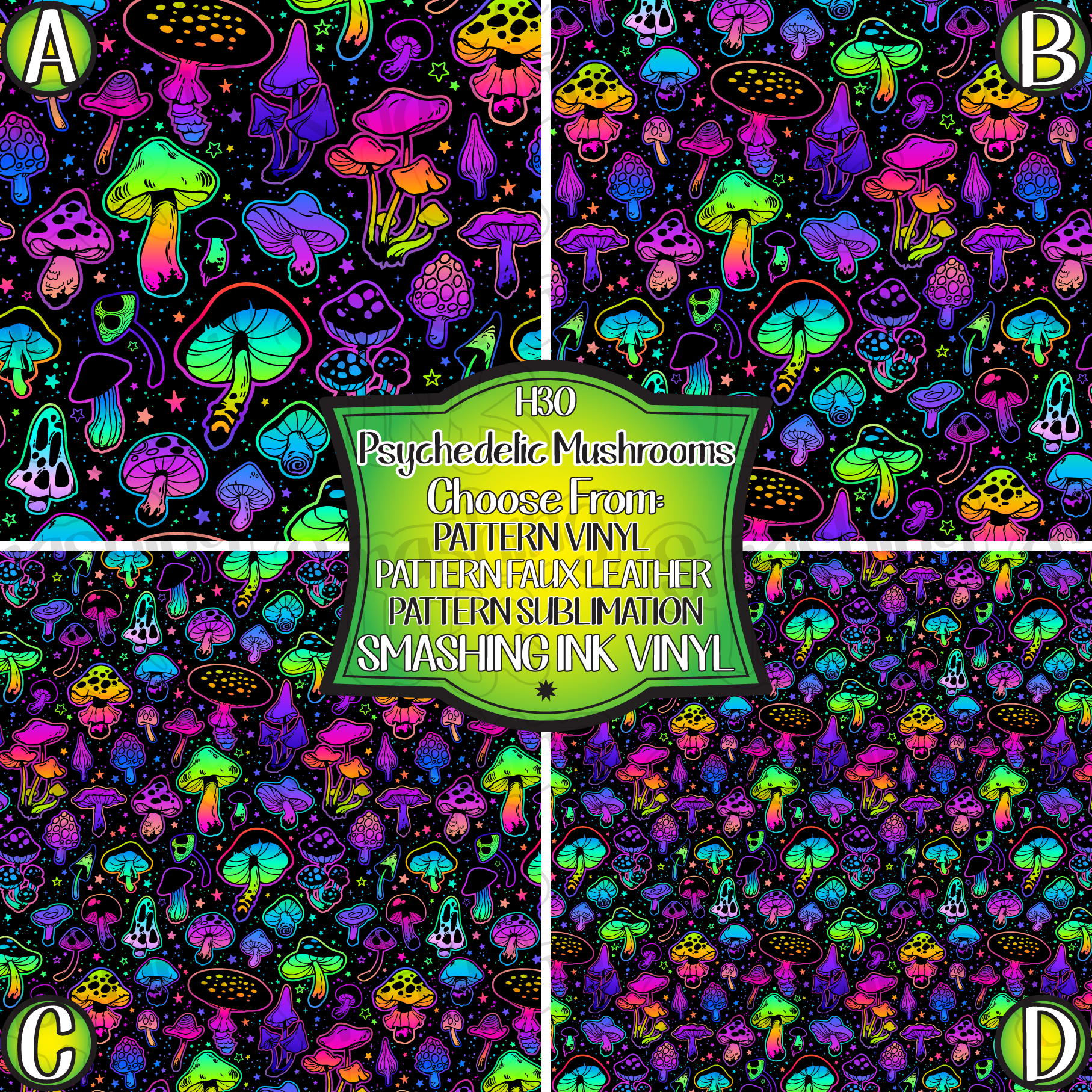All Regarding Psychotomimetic Compounds: Their Function in Psychological Research
Psychotomimetic compounds, such as LSD and psilocybin, have actually amassed increasing passion in emotional study for their capability to duplicate psychotic symptoms and give insight into different psychological wellness disorders. Their interactions within the mind, specifically through serotonin and dopamine paths, recommend a facility connection in between consciousness and neurobiology that may unlock novel restorative methods. As scientists remain to investigate their prospective applications, honest factors to consider bordering their usage in scientific settings end up being extremely important, increasing important inquiries about security and notified approval that necessitate more expedition.
Interpretation of Psychotomimetic Substances
In the world of emotional study, psychotomimetic substances are materials that can generate results appearing like those of psychosis, such as hallucinations, deceptions, and transformed assumptions of fact - About Golden Psycho. These substances can be identified right into various categories, including hallucinogens, dissociatives, and certain energizers, each creating unique psychological effects
The pharmacological activity of psychotomimetic substances commonly includes modulation of natural chemical systems, especially those pertaining to serotonin, dopamine, and glutamate. Compounds like lysergic acid diethylamide (LSD) primarily act on serotonin receptors, leading to extensive modifications in sensory perception and cognition.
The energy of psychotomimetics in research study lies in their ability to mimic psychotic signs, giving a version for comprehending the underlying systems of psychotic problems such as schizophrenia. By examining the impacts of these compounds, researchers can acquire insights right into the neurobiological and emotional procedures that add to psychosis.
In addition, psychotomimetic compounds have actually been discovered for their healing capacity in dealing with different mental health and wellness conditions, consisting of anxiety and anxiety, highlighting their twin function in both study and prospective clinical applications.
Historic Development and Context
The expedition of psychotomimetic compounds has a rich historical context that goes back to ancient people, where substances such as psilocybin mushrooms and peyote were made use of in spiritual and healing techniques. These early usages commonly linked with spiritual rituals, recommending a profound respect for the altered states of awareness induced by these compounds.
The mid-20th century noted a substantial juncture in the study of psychotomimetic materials, specifically with the synthesis of LSD by Albert Hofmann in 1938. The succeeding popularization of LSD in the 1960s catalyzed a wave of passion in both its mental impacts and potential therapeutic applications. Researchers started to investigate just how these substances can simulate psychotic states, supplying insights right into mental disorder.
However, the raising organization of psychotomimetics with counterculture activities resulted in regulative backlash, culminating in the criminalization of a number of these compounds. In spite of these difficulties, the renewal of passion in the healing possibility of psychedelics in the 21st century has actually prompted renewed research study. This historic trajectory underscores the developing perception of psychotomimetic compounds, changing from sacred substances to subjects of clinical query and, possibly, restorative pledge.
Systems of Action
Comprehending the systems of action of psychotomimetic compounds reveals the intricate ways these substances connect with the mind's neurochemistry. These substances mostly exert their effects through inflection of natural chemical systems, specifically serotonin, dopamine, and glutamate. Several timeless psychedelics, such as psilocybin and LSD, mostly act as agonists at serotonin 5-HT2A receptors, leading to modified perception and cognition. This communication not just affects sensory handling yet likewise enhances psychological and introspective experiences.
Along with serotonin, dopaminergic pathways are considerably affected by compounds like mescaline and particular cannabinoids, which can cause altered states of awareness and changes in state of mind and motivation. Furthermore, the NMDA receptor incongruity observed with substances like ketamine highlights an additional This Site pathway with which psychotomimetics may cause dissociative states and profound changes in thought procedures.
The neurochemical cascades started by these communications lead to complicated and multifaceted psychological results. Recognizing these mechanisms is critical for both the advancement of psychological study and the healing potential of psychotomimetic compounds, as they supply understandings right into the underlying neural correlates of modified states of awareness.
Current Research and Applications
Recent examinations right into psychotomimetic substances have actually disclosed a resurgence of interest in their therapeutic applications, especially in the fields of psychiatry and psychology. Researchers have begun checking out compounds such as psilocybin, LSD, and ayahuasca for their prospective to ease signs and symptoms connected with numerous psychological wellness conditions, consisting of anxiety, stress and anxiety, and PTSD.
Scientific tests have actually demonstrated that, when administered in controlled environments, these substances can help with profound Related Site mental experiences, promoting emotional developments and improved restorative results. For circumstances, research studies have shown that psilocybin-assisted therapy can lead to substantial decreases in treatment-resistant clinical depression, with results lasting for numerous months post-treatment.
Moreover, psychotomimetic substances are being examined for their ability to cultivate neuroplasticity, possibly allowing for even more efficient rewiring of maladaptive thought patterns. These searchings for suggest that such substances may act as complements to conventional psychotherapeutic methods, improving the efficacy of healing interventions.
As study advances, the emphasis is changing towards recognizing the ideal does, therapeutic setups, and participant characteristics that can make best use of the advantages of these compounds. This expanding field holds guarantee for changing mental wellness treatment standards and resolving the constraints of traditional psychiatric drugs.
Ethical Factors To Consider in Research

Browsing the ethical landscape of research study involving psychotomimetic compounds is important to ensuring participant safety and security and the integrity of research study end results. Researchers have to prioritize informed approval, guaranteeing that individuals fully comprehend the possible risks and benefits connected with the materials being examined. This consists of offering thorough information concerning feasible psychological effects, including acute and long-lasting effects, and enabling individuals the chance to take out from the study at any time scot-free.
IRBs assess research study procedures to safeguard individual welfare and copyright ethical standards. Additionally, the potential for browbeating need to be meticulously evaluated, especially when vulnerable populaces are entailed.
Privacy is another paramount consideration. Researchers should execute robust steps to shield individuals' identities and data, particularly given the sensitive nature of experiences associated with psychotomimetic substances (About Golden Psycho). Inevitably, a dedication to ethical methods not only you can check here cultivates depend on between scientists and participants yet likewise enhances the integrity and credibility of the research end results, adding to the advancement of emotional knowledge

Final Thought
In conclusion, psychotomimetic substances, particularly classic psychedelics such as LSD and psilocybin, deal considerable insights into psychological disorders via their special systems of action. Their healing potential in resolving conditions like anxiety and PTSD emphasizes the significance of ongoing research study in this area. Nevertheless, ensuring ethical criteria in research techniques is vital for participant security and informed approval, allowing for an accountable expedition of these substances' benefits and effects within psychological scientific research.